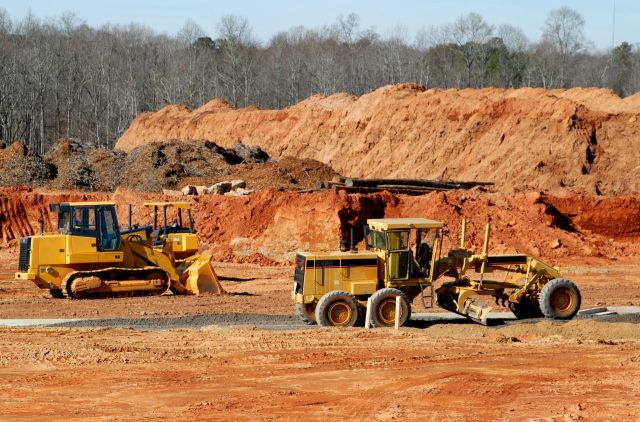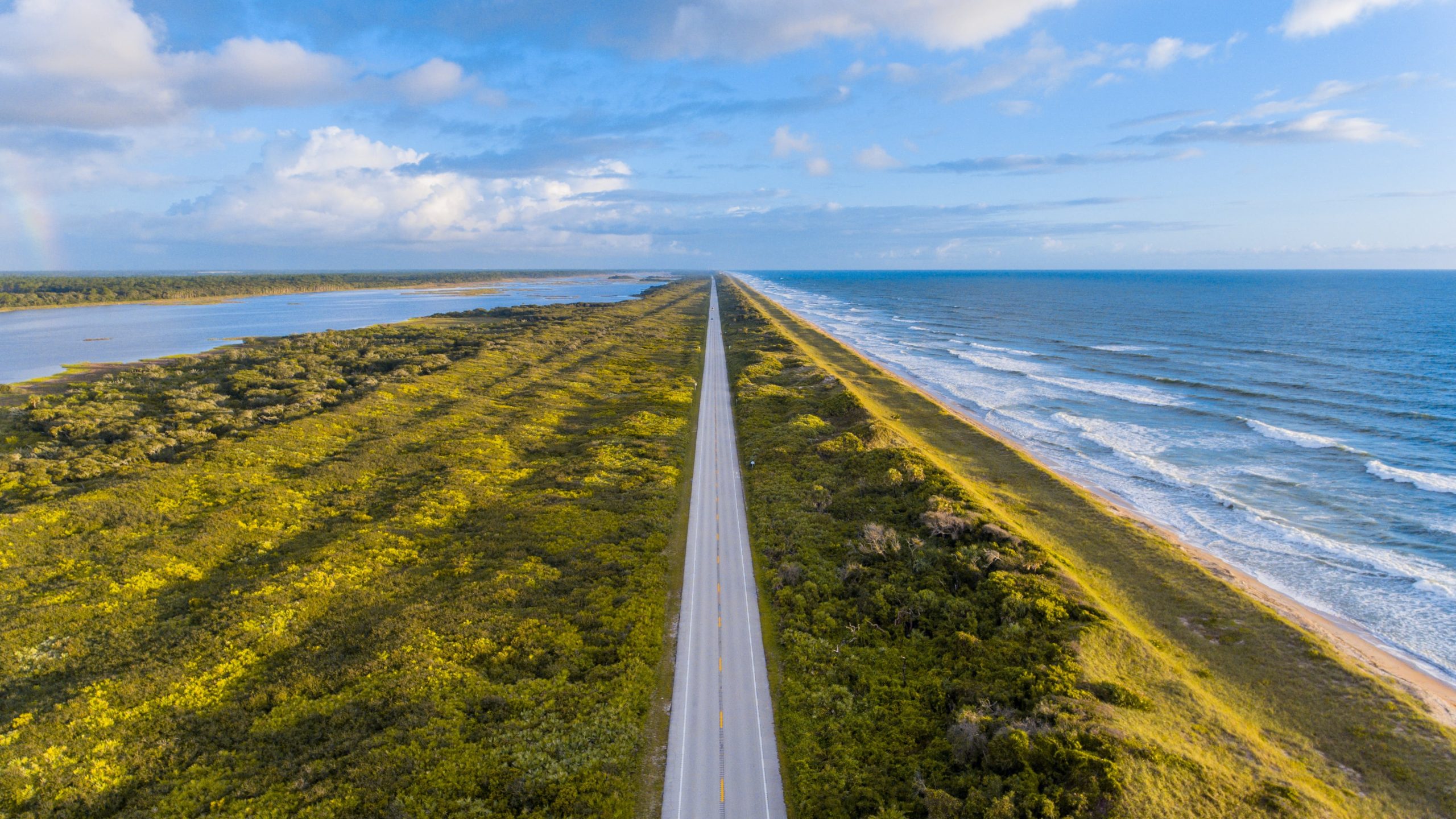
Bulgaria could invest heavily in infrastructure to prepare for when NATO needs to deploy its forces on its territory. Urgent investment in infrastructure – where Bulgaria, like Romania, is deficient – is directly linked to plans to expand the NATO battle group stationed on Bulgarian soil, an issue the Bulgarian defence minister recently discussed with White House officials in Washington. A similar problem was – and still is – faced by Romania, which has failed to upgrade its road infrastructure despite much criticism, especially from officials in the US, its strongest NATO ally and with which it has a strategic partnership. A NATO battle group has been deployed in Cincu, Brasov county, strategically in the heart of Romania, but the road infrastructure linking the centre of the country to the north and south is poor. Currently in Romania there is no motorway that crosses the entire country, making it difficult to move ground troops in case of immediate need. Not only NATO, but also the European Commission has noted the urgency of implementing crucial infrastructure projects for military mobility in the two countries.
Black Sea Motorway an important objective for NATO
While Bulgaria is counting on attracting European funds, but also on the NATO programmes available to modernise its infrastructure, Romania has recently received the green light to build, through the Connecting Europe Facility programme – military mobility component, a third bridge over the Danube linking the two countries. In the context of the war in Ukraine, the future Black Sea Motorway is no longer just an investment to bring economic benefits and comfort to Romanian tourists who want to spend their holidays on the Bulgarian coast or in Greece, it has become an important objective for NATO.
NATO needs the infrastructure to deploy troops rapidly to the eastern flank. But the lack of it between Bulgaria’s borders with Greece and Romania hinders rapid deployments, and the Greek port of Alexandroupolis has become essential for NATO, given Turkey’s restrictive policy in the Bosphorus and Dardanelles straits. This is clear from recent statements made by Bulgaria’s defence chief Emil Eftimov on public television in Sofia. According to them, the construction of the Burgas-Varna highway would be a key priority for NATO within the VIII Dures-Varna transport corridor and the construction of the Constanta-Thessaloniki corridor, which are of key strategic importance for the rapid deployment of NATO forces. In this context, the recently announced investment projects of the government in Sofia aimed at strengthening north-south links focus on the Black Sea Motorway. The project, which was launched at the end of last year, would be jointly developed by Romania, Bulgaria and Greece and would “link” the Mediterranean to the Black Sea from the Greek city of Thessaloniki to the Mediterranean Sea via Kavala, Alexandroupolis, then across Bulgarian territory via Burgas to Varna and from there to the Romanian port of Constanta. The idea of this corridor was launched a few years ago, but the first concrete steps were taken during the trilateral meeting in early October 2023, which the Prime Ministers of Bulgaria, Greece and Romania – Nikolay Denkov, Kyriakos Mitsotakis and Ion-Marcel Ciolacu, had in the “Euxinograd” residence near Varna. Here it was agreed that each of the three countries would come up with financial guarantees totalling €6 billion. It was also agreed to seek loans from European banking institutions as well as free financing from European funds. The construction would be carried out by a joint company from the three countries, which would seek individual project contractors. This mega project would include both motorway and railway sections, and a project for an oil pipeline from Alexandroupolis to Burgas. On the Bulgarian side, it estimates that the Black Sea motorway could be ready in five years.

Sofia’s Finance Minister Asen Vasilev commented that Bulgaria will seek EU funds to offset the costs, but will not stop the implementation of the project, as “this is very important for trade between the countries, especially after the war in Ukraine and what is happening in Gaza”.
So far, the Bulgarian authorities have not chosen a route for the motorway on their territory. The last detailed information on the project was provided by Sofia last spring. The interim government’s promise was that in 2024 the Black Sea Motorway would have an Environmental Impact Assessment (EIA). The motorway between Varna and Burgas is 104 km long. So far only 8 km have been built. The Bulgarian government is currently trying to complete the Hemus, Struma, Ruse – Veliko Tarnovo motorways and the expressway to the second bridge over the Danube. According to officials in Sofia, work on half of the missing 15 km of the Struma motorway should be completed in the near future. The project is also key to mobility in NATO.
Speaking recently about future infrastructure investments, the Bulgarian defence minister spoke of new roads and railways capable of ensuring the rapid deployment of allied troops, as well as oil and gas pipelines and new depots. These will not be built from the defence budget and will also serve civilian purposes.
“The deployment of a multinational NATO battle group on our territory has been discussed dozens and hundreds of times. During my visit to the US last week, we talked about how (we) can best provide the necessary infrastructure as a host country and how the US can help us, so that we can use available international co-financing funds to build that,” Tagarev said in an interview with bTV.
Bulgaria has a bilateral agreement with the US on the joint use of four Bulgarian military bases, and a multinational NATO battle group under Italian command is stationed on Bulgarian soil, numbering about 1,000 troops. There are also plans to expand the contingent to 1,500 troops and to build a military base for NATO needs in southern Bulgaria, which will allow the formation of a brigade.
In addition to roads, the Bulgarians have also been heavily promoting the project to build a third bridge across the Danube recently. And the European Commission is ready to co-finance both the construction of the bridge, which will link Romania and Bulgaria, and a project to improve navigation on the Danube. Recently, the project for a third bridge over the Danube, to be built on the Romanian side, was included in the list of investments that won the project competition in Brussels. The size of the project is not to be neglected, if we think that only for the feasibility study will be allocated the sum of 18 million euros, according to știripesurse.ro.
Romania 2023: 1,000 kilometres of motorway and expressway
Romania has passed the 1,000 km motorway and expressway milestone in 2023. Although considered an above-average year in terms of inaugurations, it was a big failure. 2024 should however come with the connection of the A1 (Bucharest – Nădlac) by the A2 (Bucharest – Constanta). With just over a thousand kilometres of motorways and expressways and less than 500 kilometres of rail track on which trains can run at 160 km/h, Romania is lagging far behind countries in the region such as Poland and Hungary. Romania has four times fewer kilometres of motorway and almost seven times fewer kilometres of modernised railway. Without investment in modernisation, Romania’s infrastructure today would struggle to cope with complex military transports – such as American Abrams tanks – and even with rapid transfers.
The war in Ukraine and the opportunities opened up by the National Recovery and Resilience Plan have, however, completely changed Romania’s prospects. Currently, 669 kilometres of motorways are under construction and should be ready in the next 4 years. Another 553 kilometres are planned and could be completed by 2030, bringing the total to over 2,220 kilometres of motorways.
As far as the railways are concerned, 3,230 kilometres out of 13,545 should be modernised by 2030. A small fraction of what is really needed, but still much more than Romania has managed to do in the last 40 years. All the main links between Romania’s main provinces should be upgraded in the next 7 years, allowing speeds of up to 160 km/h in each direction. Only then could we finally talk about high-speed transport connections linking the eastern flank of the EU with Central Europe, but also allowing fast connections to the Mediterranean Sea on the North-South corridor, vital to the interests of Romania, the EU and the US.
Photo: Pickpik.com



 Subscribe
Subscribe